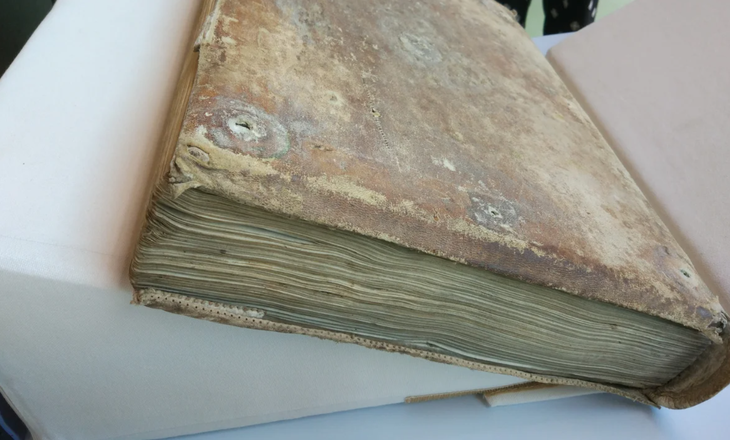 |
| In their latest study, archaeologists analyzed volumes from the Cistercian monastery of Clairvaux in France and its sister monasteries. Photo: @E. Lévêque et al. |
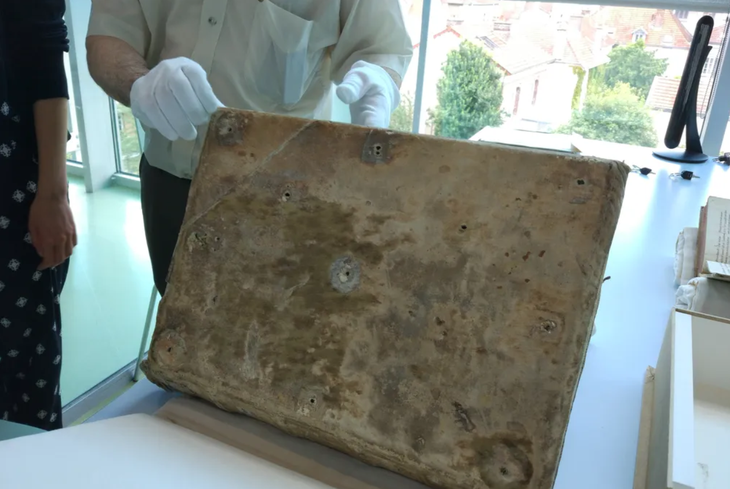 |
| They eventually identified 43 books bound in sealskin. Photo: @E. Lévêque et al. |
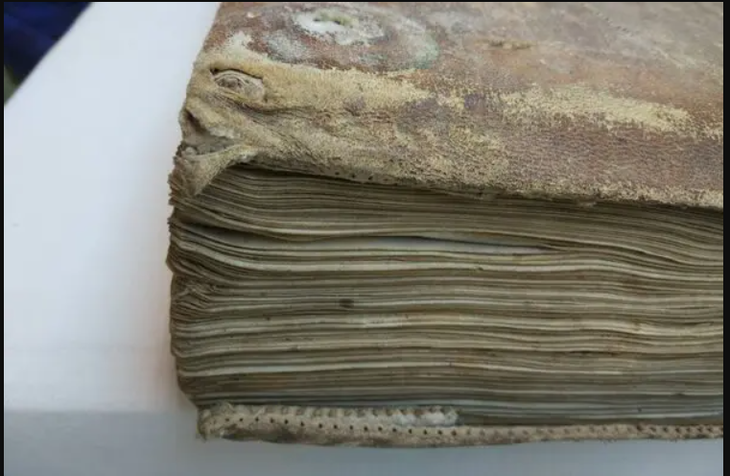 |
| Previously, it was reported that these “hairy” medieval books were made from deer and wild boar skins that were available locally. However, this is not true. Photo: @E. Lévêque et al. |
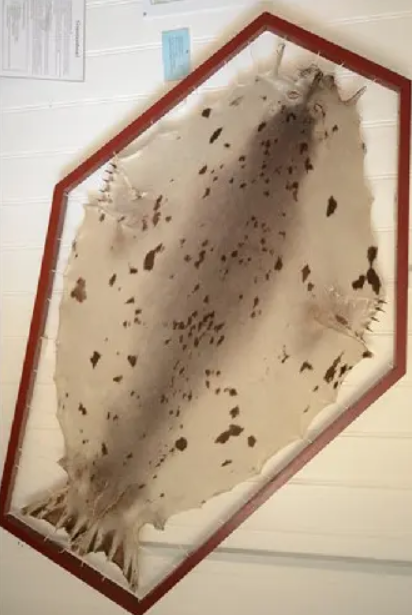 |
| Using advanced scientific exploration techniques such as Electrostatic Zooarchaeology with Mass Spectrometry (eZooMS) and ancient DNA probing analysis, experts discovered that these "feather books" had covers bound in sealskin . Photo: @E. Lévêque et al. |
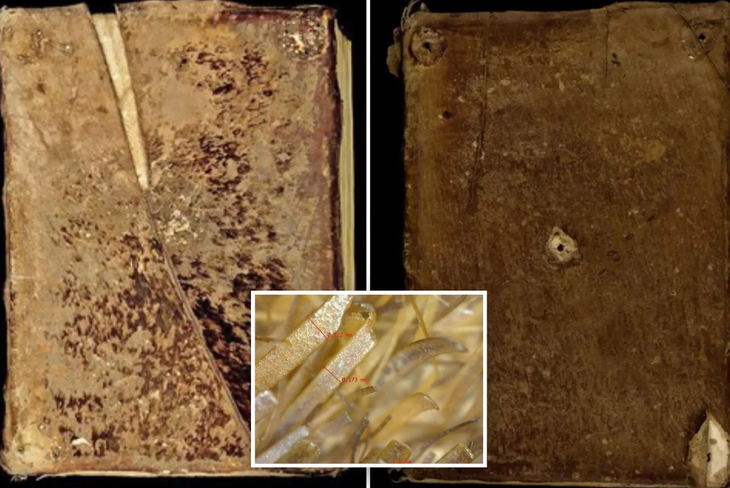 |
| The covers of 12th and 13th century books at the Cistercian abbey of Clairvaux in France were made from the skins of harbor seals, harp seals and bearded seals. Photo: @E. Lévêque et al. |
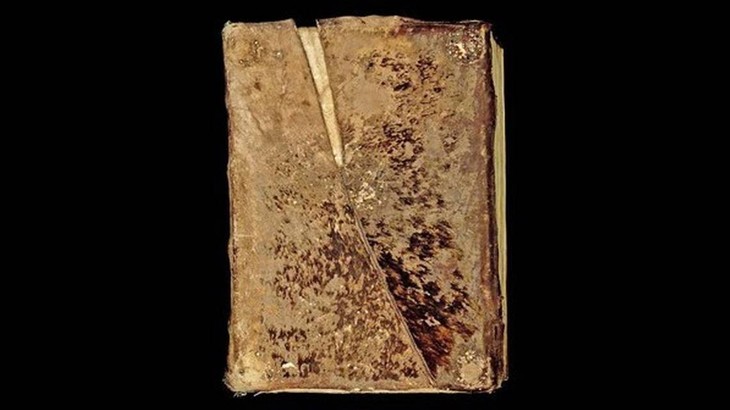 |
| The skins of these seals were imported from the cold waters of the North Atlantic. They may have come from Scandinavia, Scotland, and possibly Iceland or Greenland. Photo: @E. Lévêque et al. |
 |
| The use of sealskin as a manuscript cover was common in Scandinavia and Ireland. Photo: @E. Lévêque et al. |
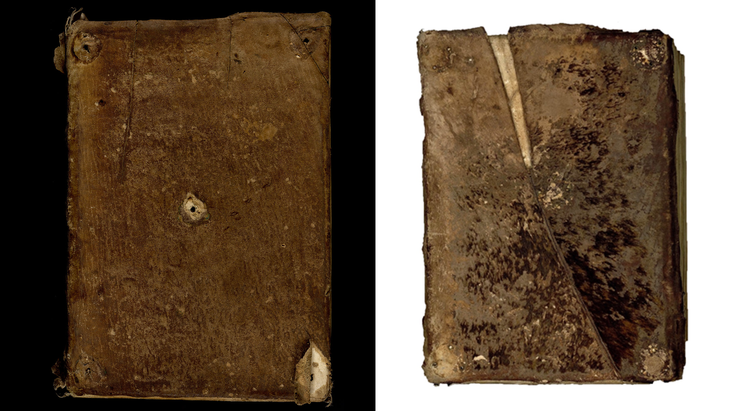 |
| However, the use of sealskin in France surprised researchers. Because the location of the Cistercian monastery of Clairvaux in France and its subsidiary monasteries is very far inland. Photo: @E. Lévêque et al. |
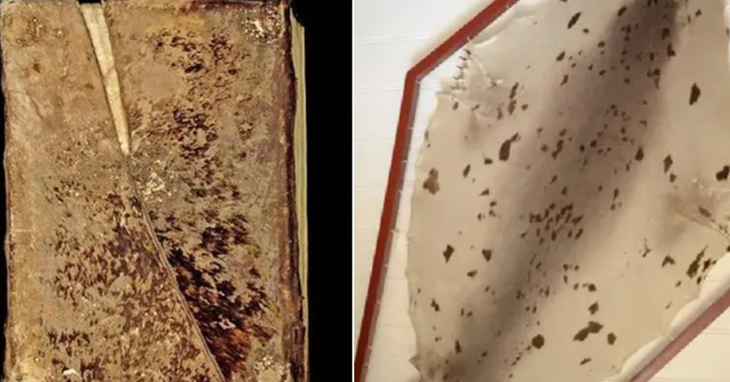 |
| And there is no evidence of seal populations on the French coast during the Middle Ages. Photo: @E. Lévêque et al. |
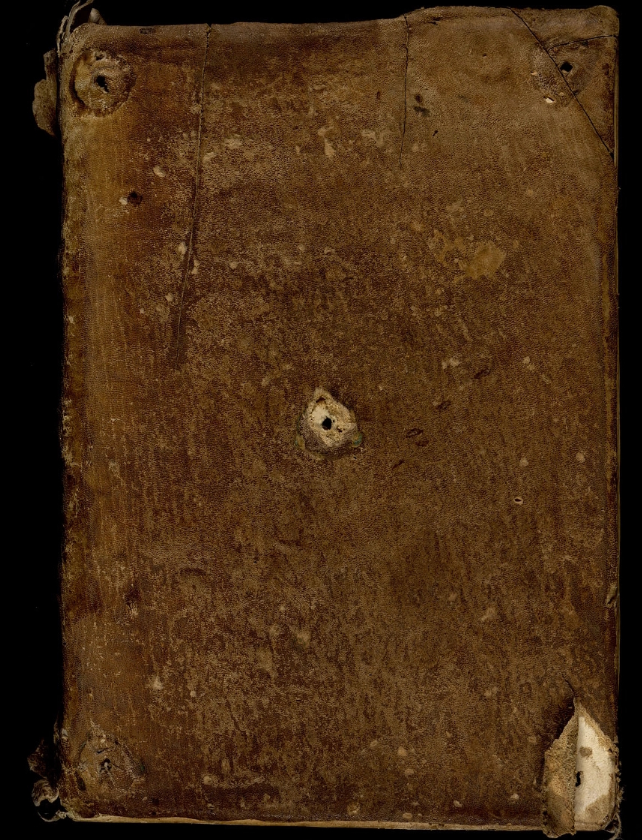 |
| This, in part, suggests that Cistercian monks were deeply involved in medieval trade networks from a very early date, linking Cistercian monks to broader economic circuits including the fur trade with the Norse. Photo: @E. Lévêque et al. |
Dear Readers, please watch the video: The Sibyline Mystery: The Book of Ancient Prophecies. Video source: @OV Van The.
Source: https://khoahocdoisong.vn/can-canh-cuon-sach-long-thoi-trung-co-duoc-dong-bang-da-hai-cau-post269001.html



![[Photo] Prime Minister Pham Minh Chinh meets with US business representatives](https://vphoto.vietnam.vn/thumb/1200x675/vietnam/resource/IMAGE/2025/5/13/5bf2bff8977041adab2baf9944e547b5)


![[Photo] President Luong Cuong attends the inauguration of the international container port in Hai Phong](https://vphoto.vietnam.vn/thumb/1200x675/vietnam/resource/IMAGE/2025/5/13/9544c01a03e241fdadb6f9708e1c0b65)






















































































Comment (0)